Cloeon micki (formerly called C. gilliesi in this website)
General appearance
Body size medium-small up to 6mm long (excluding antennae & cerci)
Body yellowish brown with distinct longitudinal brown marking
on abdominal terga II and V
Head
Antennae long about 3 times of head length; scapes and pedicles with reddish brown markings distally
Thorax
Hindwing pad and villiopore absent
Legs uniformly light yellow, femora with brown band sub-distally
Tarsal claws elongated approximately 0.6x length of tarsi with 2 rows of denticles
Abdomen
7 pairs of gills I - VII: gills I - VI double lamellae and well tracheated; gill VII single and smaller
Abdominal terga yellowish brown with a pair of pale spots; distinct single longitudinal brown marking
on abdominal terga II and V
Cerci about half of body length fringed with fine long setae on both lateral side; dark brown annulation every fourth segments
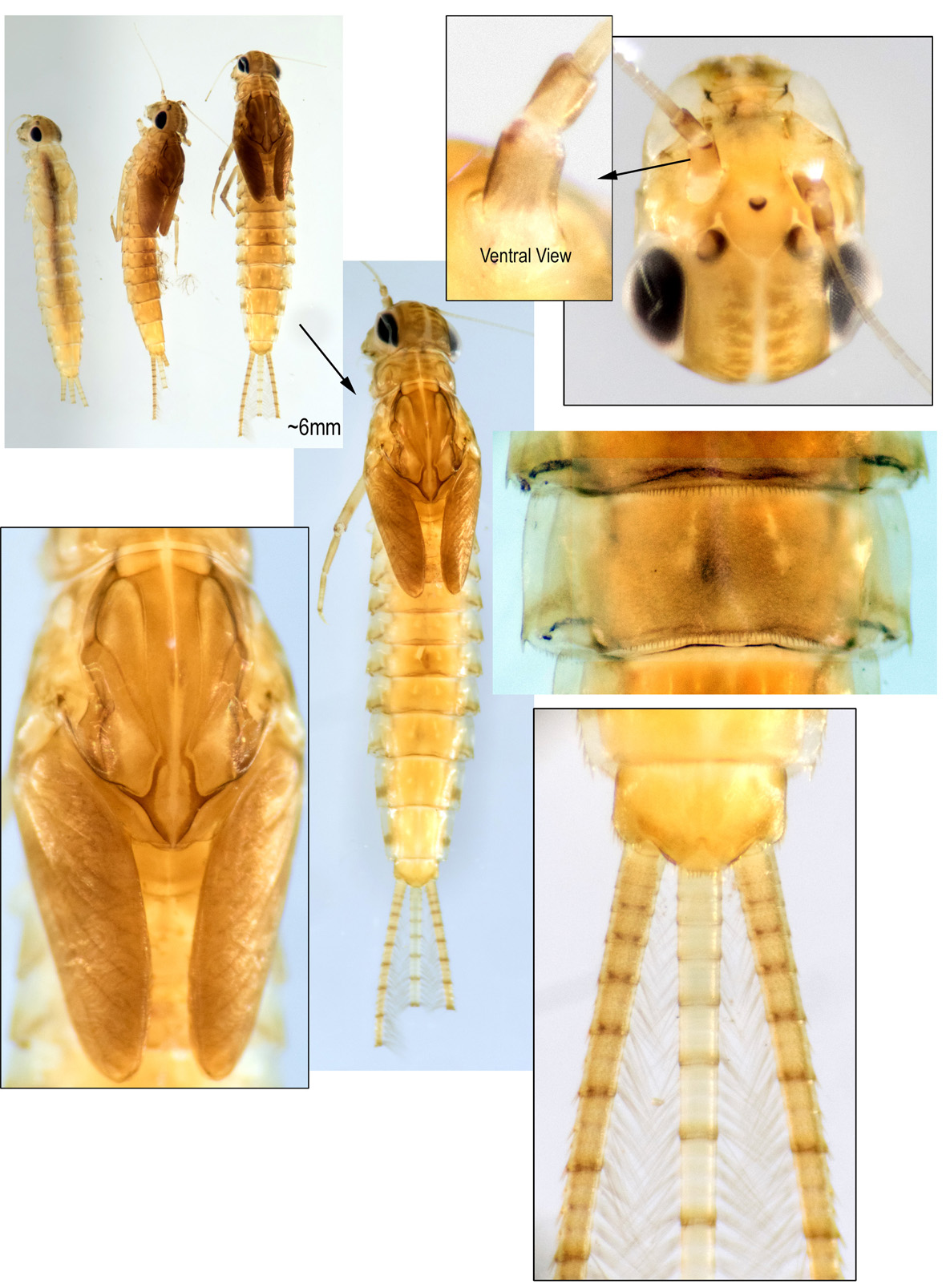 |
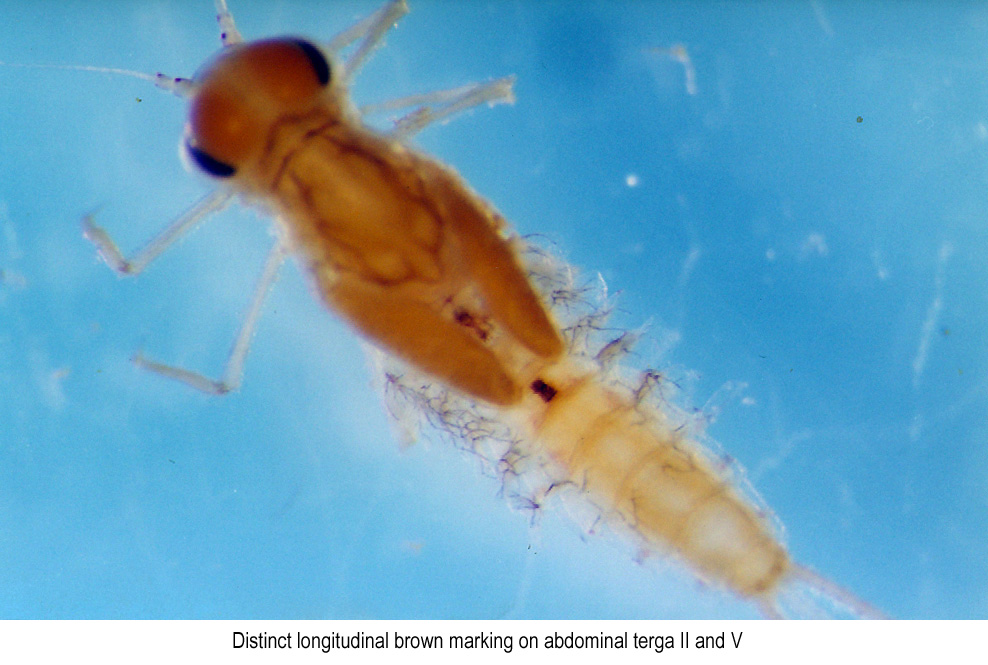 |
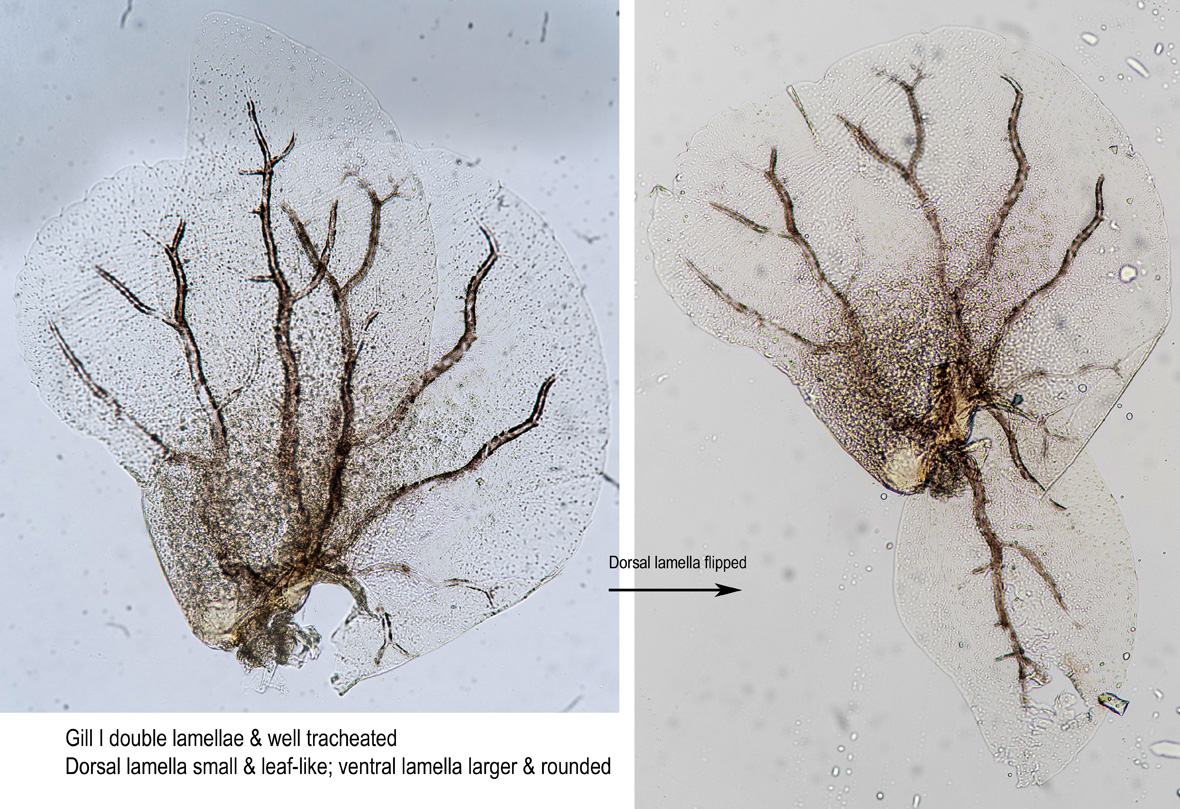 |
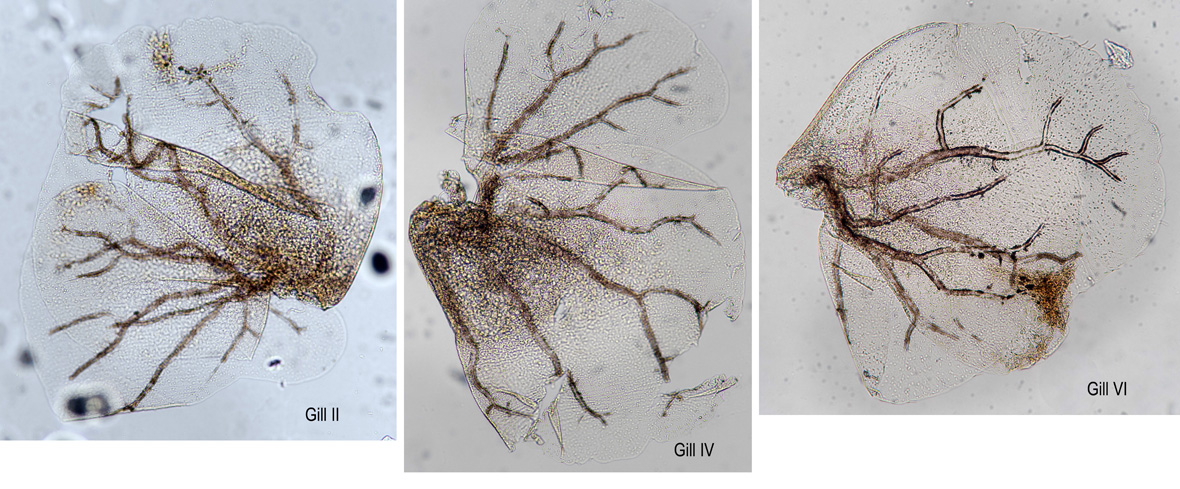 |
Legs |
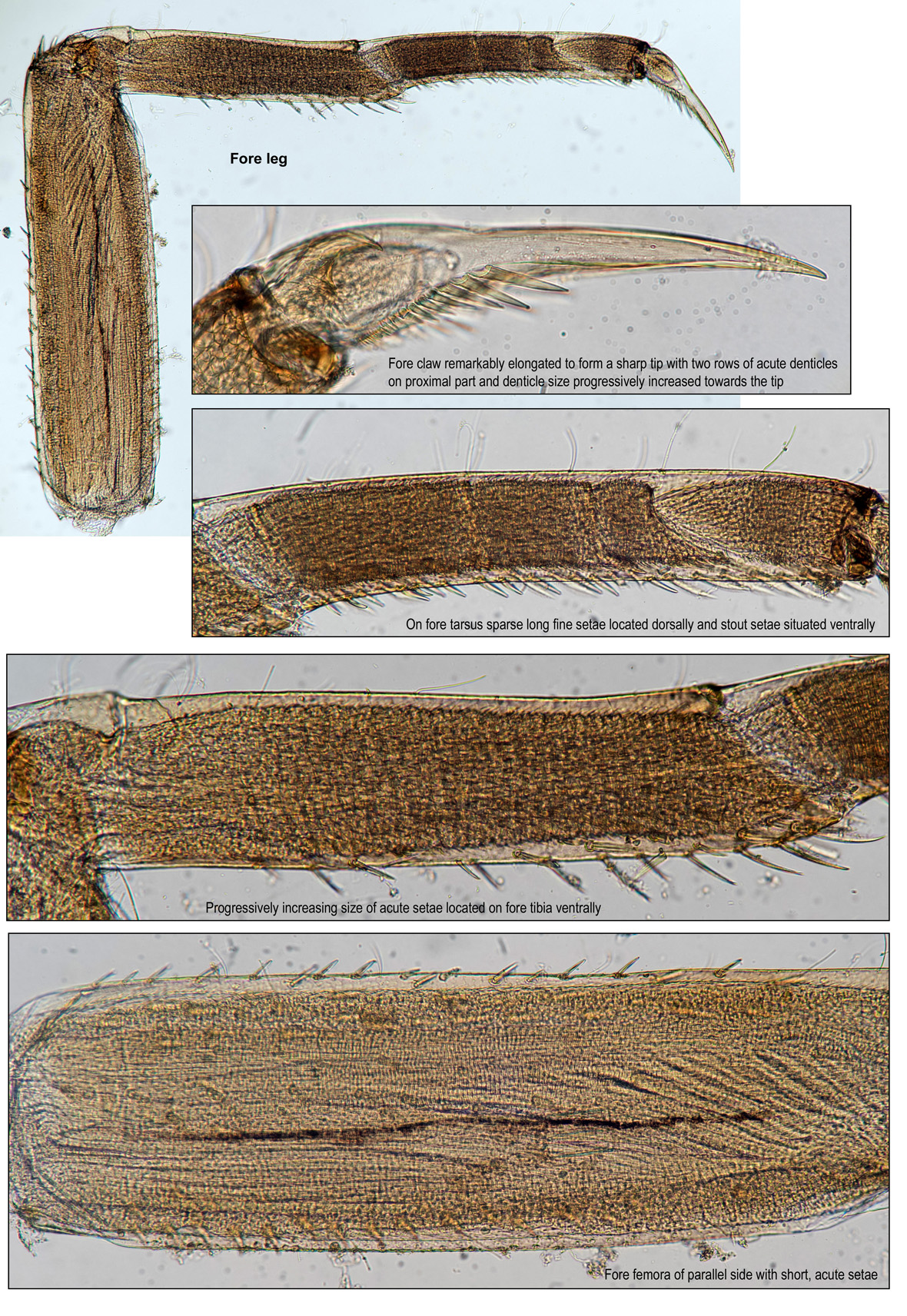 |
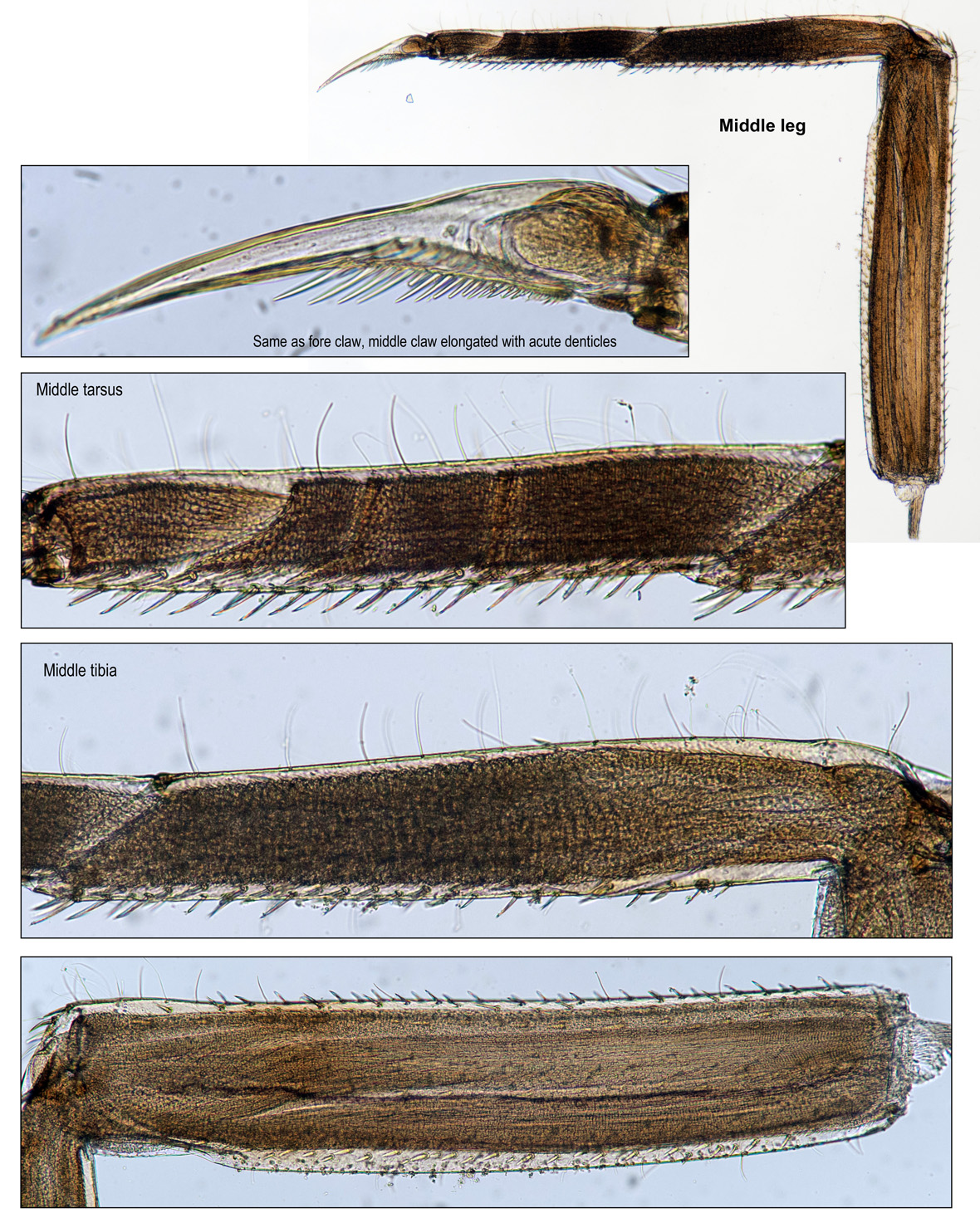 |
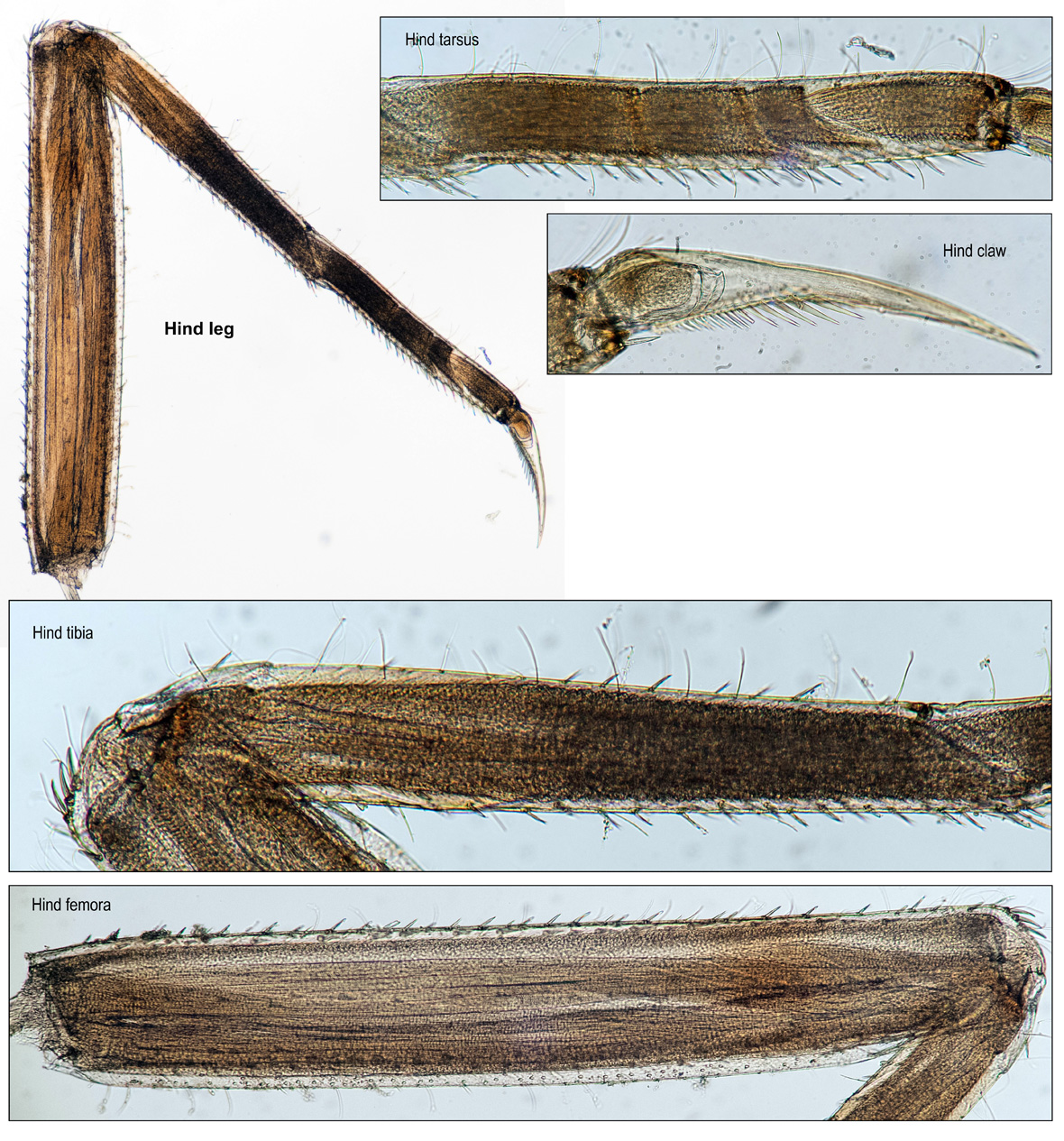 |
Its mouthparts of labrum, mandibles, maxillae and labium are illustrated as follow (hypopharynx is excluded).
Labrum |
 |
Maxillae |
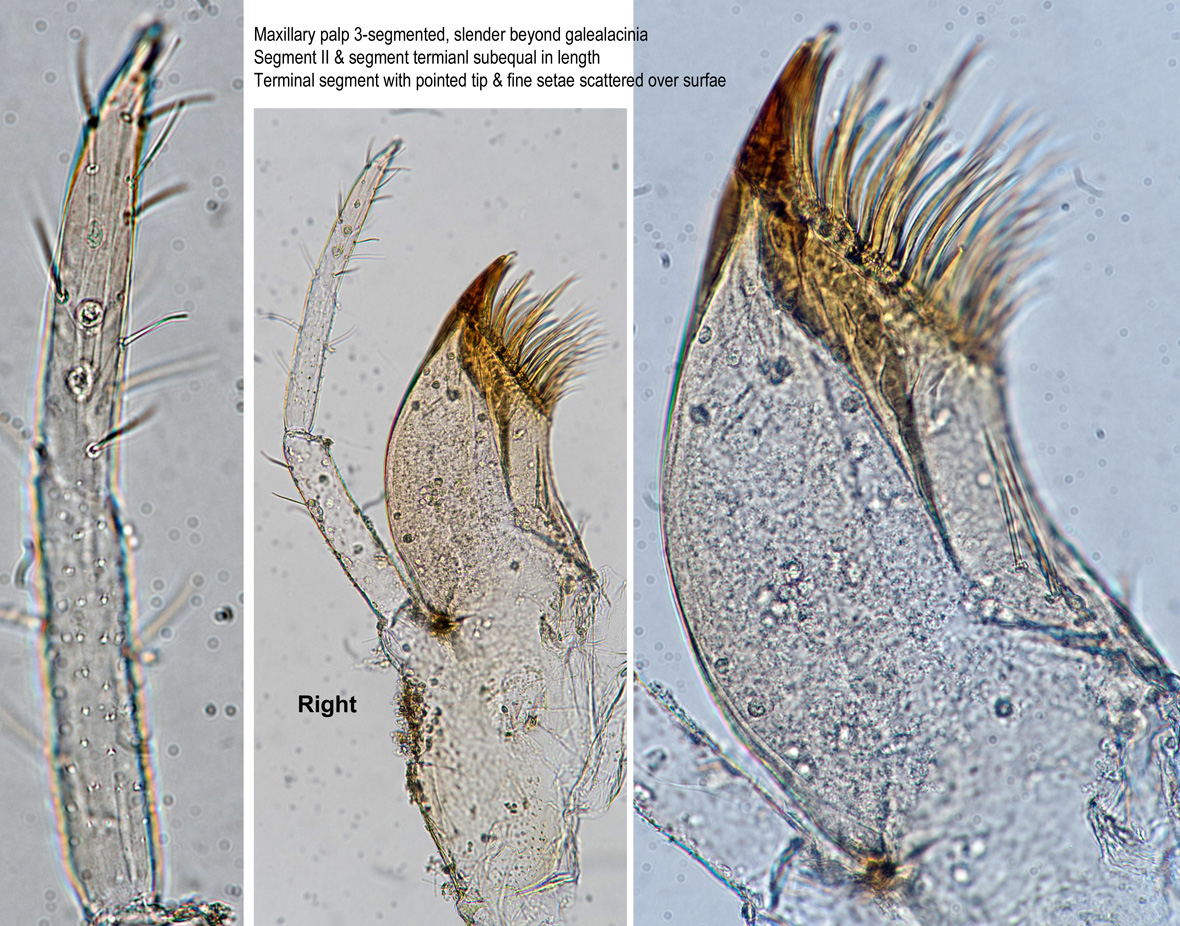 |
Mandibles |
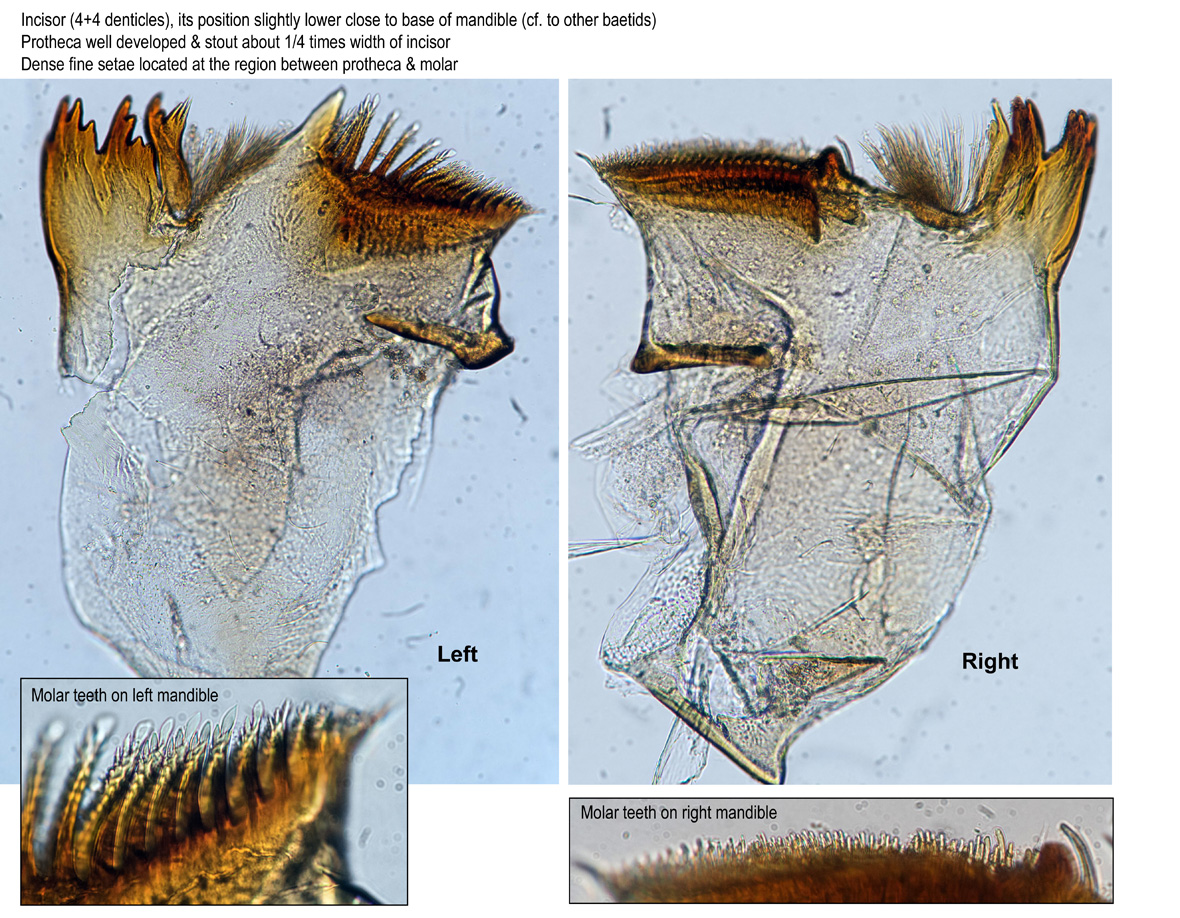 |
Labium |
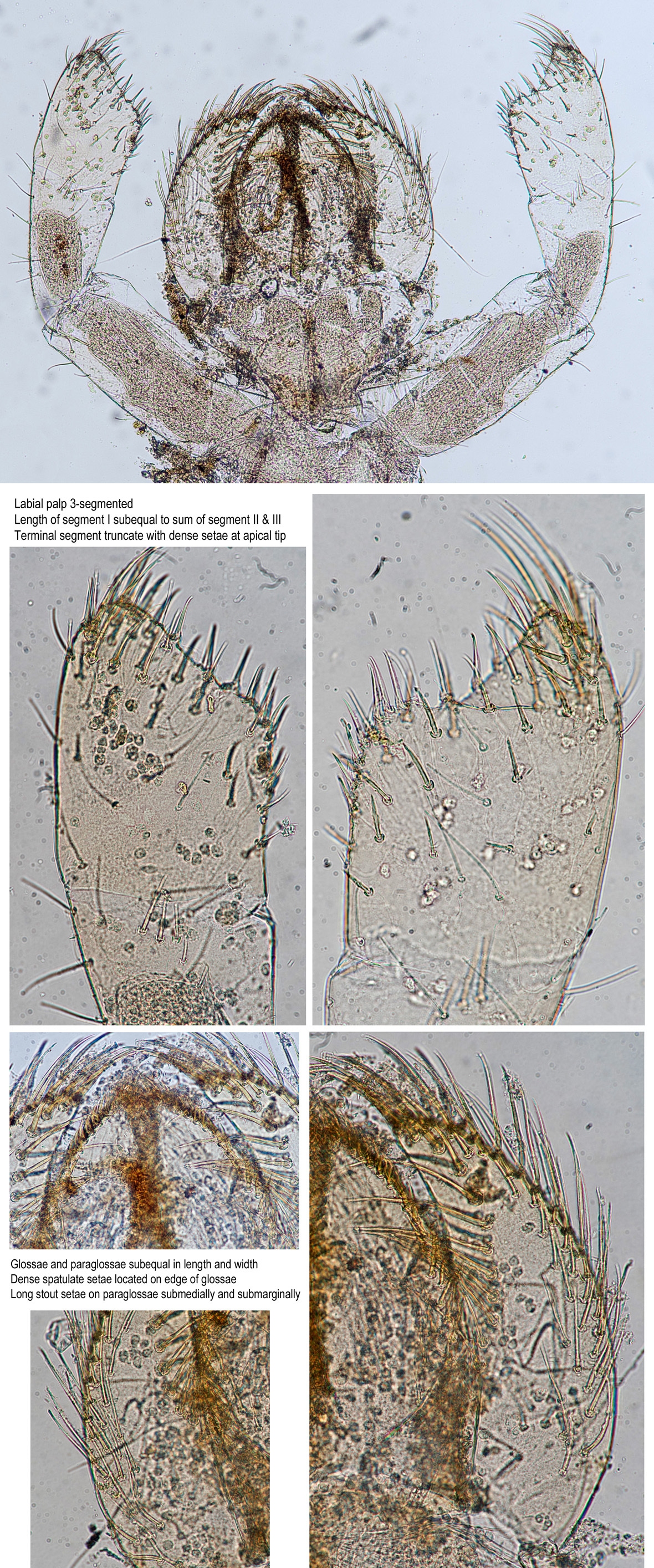 |
Distribution:
In Hong Kong, specimens are recorded from Ling Yan Temple (Lantau Island), Cheung Sheung (Sai Kung), Mui Tsz Lam (Ma On Shan), Sha Lo Tung (Tai Po) and Hung Shek Mun.
Habitat: Unlike other baetids, larvae could be found in standing freshwater e.g. ponds.
References:
Xiaoli Tong & David Dudgeon (2021): A new species of the genus Cloeon Leach, 1815 from China (Ephemeroptera: Baetidae), Aquatic Insects (To link to this article: https://doi.org/10.1080/01650424.2020.1867747)
Tushar Kanti Mukherjee (2012) Contribution to the Knowledge of Procloeon harveyi Kimmins (Insecta: Ephemeroptera): Morphology and Ecology J. Entomol. Res. Soc., 14(3): 55-66.
Remarks:
Cloeon is diversified genus of Baetidae. Its identification remains unclear, interchangable with Procloeon in Afrotropical and Oriental regions. The proportion of the hind tarsi of the imago was used to separate the two genera, but again this character seems subject to caution (Mukherjee, 2012).
